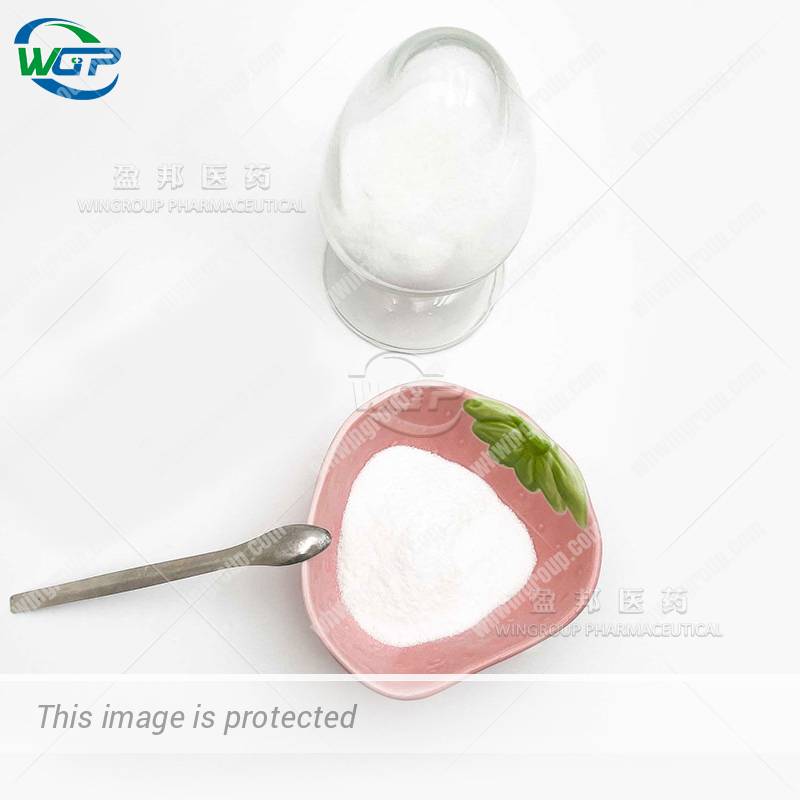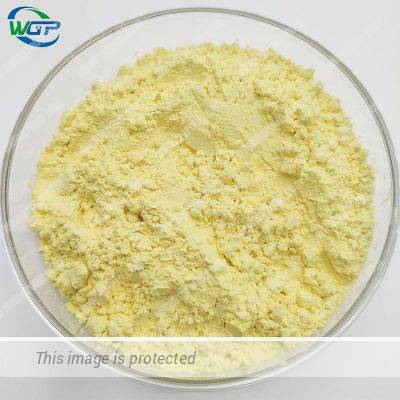Sodium cyanoborohydride
CAS 25895-60-7
MOQ:1KG
Availability: On Order
Packaging: Regular packaging or customised
Please enquire for more information about Sodium cyanoborohydride including the price, delivery time and more detailed product information at WhatsApp
Description
Sodium cyanoborohydride CAS 25895-60-7 Product Information
| Product Name: | Sodium cyanoborohydride |
| Synonyms: | Sodium cyanoborohydride;sodium cyanohydroboride;Sodium cyanohydridoborate;MFCD00003516;sodium cyanoborohydride solution;EINECS 247-317-2;Sodium cyonobrohydriole;Sodium (cyano-κC)(trihydrido)borate(1-);SODIUM CYANOTRIHYDROBORATE;Borate(1-), (cyano-κC)trihydro-, sodium (1:1);sodium cyano borohydride;sodium borocyanohydride;SODIUM CYANOTRIHYDRIDOBORATE |
| CAS NO: | 25895-60-7 |
| Molecular Weight: | 62.84 |
| Molecular Formula: | CH3BNNa |
| Boiling Point: | 307°C |
| Melting point: | >242 °C (dec.) (lit.) |
| Density: | 1.083 g/mL at 25 °C |
| Appearance: | White powder |
| Purity: | >98% |
| Stability: | Avoid contact with oxides, acids, moisture/humidity |
| Storage: | Store under dry nitrogen or argon atmosphere. |
sodium cyanoborohydride mechanism
The mechanism of sodium cyanoborohydride (NaBH3CN) involves the transfer of a hydride ion (H-) from the reagent to the substrate. This reagent is commonly used as a mild reducing agent in organic synthesis, particularly for the reduction of carbonyl compounds. Here is a general outline of the mechanism:
1. Hydride Transfer:
NaBH3CN dissociates in a solvent (such as alcohol) to yield Na+ ions and the hydride source BH3CN-.
BH3CN- acts as a nucleophile and transfers a hydride ion (H-) to the carbonyl carbon of the substrate, resulting in the formation of a tetrahedral intermediate.
2. Proton Transfer:
The tetrahedral intermediate undergoes protonation, typically from a solvent molecule or an acidic additive, to give an alcohol as the final product. The cyanide ion (CN-) is also released as a byproduct.
Overall, the sodium cyanoborohydride mechanism involves the transfer of a hydride ion to the carbonyl group, leading to the reduction of the carbonyl compound to an alcohol. This process is generally more selective and milder compared to other strong reducing agents like lithium aluminum hydride (LiAlH4).
sodium cyanoborohydride quenching
Quenching refers to the process of deactivating or stopping a chemical reaction. In the context of sodium cyanoborohydride (NaBH3CN), quenching is often used after the desired reduction reaction is complete. Quenching involves the addition of a suitable reagent or solvent to deactivate any remaining excess reagent and prevent further reactions.
sodium cyanoborohydride reductive amination
Sodium cyanoborohydride (NaBH3CN) is a mild reducing agent that is commonly used in reductive aminations. The presence of the electron-withdrawing cyano (CN) group makes it less reactive than sodium borohydride (NaBH4).
sodium cyanoborohydride vs sodium borohydride
Sodium cyanoborohydride (NaBH3CN) is a mild reducing agent that is commonly used in reductive aminations. The presence of the electron-withdrawing cyano (CN) group makes it less reactive than sodium borohydride (NaBH4).












Reviews
There are no reviews yet.